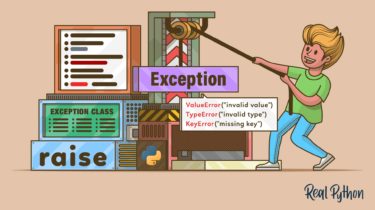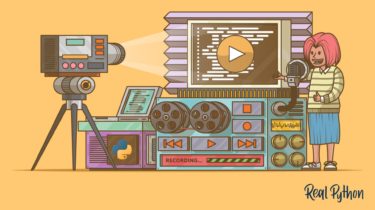Python’s Self Type: How to Annotate Methods That Return self
Have you ever found yourself lost in a big repository of Python code, struggling to keep track of the intended types of variables? Without the proper use of type hints and annotations, uncovering variable types can become a tedious and time-consuming task. Perhaps you’re an avid user of type hints but aren’t sure how to annotate methods that return self or other instances of the class itself. That’s the issue that you’ll tackle in this tutorial. First, though, you’ll need […]
Read more






